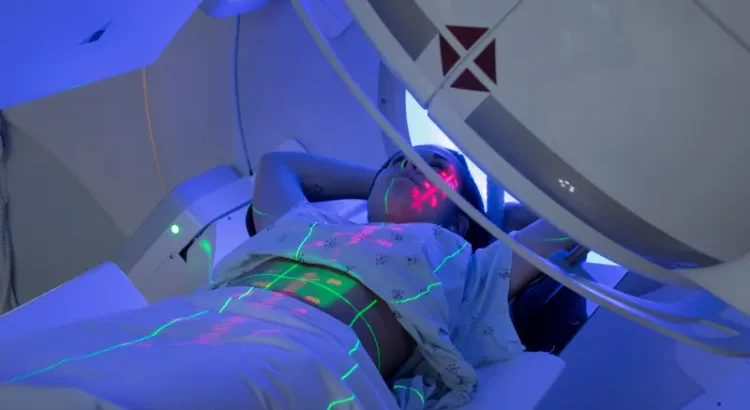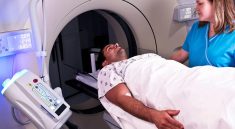ABGX – Radiation has long been a critical part of medical care. From diagnosing illness to treating cancer. However, with its power. Comes responsibility. Healthcare providers are now reevaluating how radiation is used. Not just for effectiveness. But also for safety. Technological advancements have increased precision. Yet the human body remains vulnerable. Therefore, new safety protocols are not just procedural. They’re essential. More hospitals. Clinics. And imaging centers. Are adopting updated standards. Backed by global research. And ethical urgency. While patients may not always notice. These changes reshape how radiology is performed. Monitored. And understood. For every scan. Every treatment. And every decision.
“Read More: Medical Radiation: Balancing Benefits and Risks Globally”
Why Radiation Safety Needs an Upgrade
To begin with, radiation exposure is cumulative. That means each scan adds to a lifetime total. Although the doses may seem small. Over time. They matter. Consequently, awareness around low-dose techniques is rising. Furthermore, diagnostic tools like CT scans and PET imaging—though vital—carry higher radiation loads. Physicians must weigh benefits against risks. Also, newer concerns have emerged. Pediatric patients. For example. Are more sensitive. And may live longer. Increasing their risk. Similarly, overprescription of imaging tests contributes to unnecessary radiation. As a result, hospitals are refining decision trees. Involving radiologists earlier. And setting clear guidelines. For when imaging is truly necessary.
Tools and Technologies Making a Difference
Technology plays a key role in advancing safety. Modern machines use lower doses. Yet still deliver clear images. For instance, digital radiography now replaces traditional film-based systems. With less exposure. Meanwhile, AI algorithms can now enhance scan quality. Allowing doctors to use minimal radiation. But still detect issues accurately. Additionally, real-time dose monitoring tools have become standard. They alert staff. When exposure thresholds are exceeded. Or when procedures deviate from protocol. In some cases. 3D printing even allows doctors to practice complex surgeries. Before entering the operating room. Thus reducing reliance on radiation-heavy planning scans.
“Read About: Apple Technology Innovation, Allows Users to Control iPhone with Their Minds”
Staff Training and Protocol Standardization
In addition to equipment upgrades, human factors remain critical. A well-trained technician can mean the difference between safety. And overexposure. For that reason. Ongoing education is emphasized. Many countries now require certifications. That include radiation physics. Patient protection. And equipment calibration. Also, international organizations such as the IAEA and WHO. Have developed training modules. For both high- and low-resource settings. Furthermore, standardizing protocols ensures consistency. Across departments. And across borders. When every hospital follows the same rules. Mistakes decrease. Safety improves. And patients benefit. This shift from reactive to preventive thinking. Marks a major evolution in healthcare culture.
Informed Consent and Patient Empowerment
Importantly, patient awareness is becoming part of the protocol. In the past, many patients underwent scans. Without understanding the risks. Or asking questions. Today, informed consent includes radiation education. For example, patients now receive dose comparisons. Like “this CT equals 100 chest X-rays.” As a result, they make better decisions. Not out of fear. But from knowledge. Moreover, digital health portals increasingly display imaging histories. So patients can track how often they’ve been scanned. This transparency builds trust. Encourages dialogue. And shifts the dynamic. From passive patient to active partner. Empowerment is safety. In its clearest form.
Regulations, Audits, and International Benchmarks
Lastly, external oversight enforces internal discipline. Regulatory bodies now conduct random audits. Reviewing whether clinics comply with radiation limits. Signage. And safety logs. Noncompliance can lead to penalties. Or operational suspensions. At the same time, benchmarking against international standards is encouraged. Facilities compare themselves to global averages. Identifying gaps. And setting goals. Moreover, government agencies are partnering with research institutes. To develop national radiation registries. That track trends. And analyze long-term outcomes. This data informs policy. Supports research. And protects future generations. Because while radiation heals. It must always be handled with humility. Precision. And a deep respect for life.



